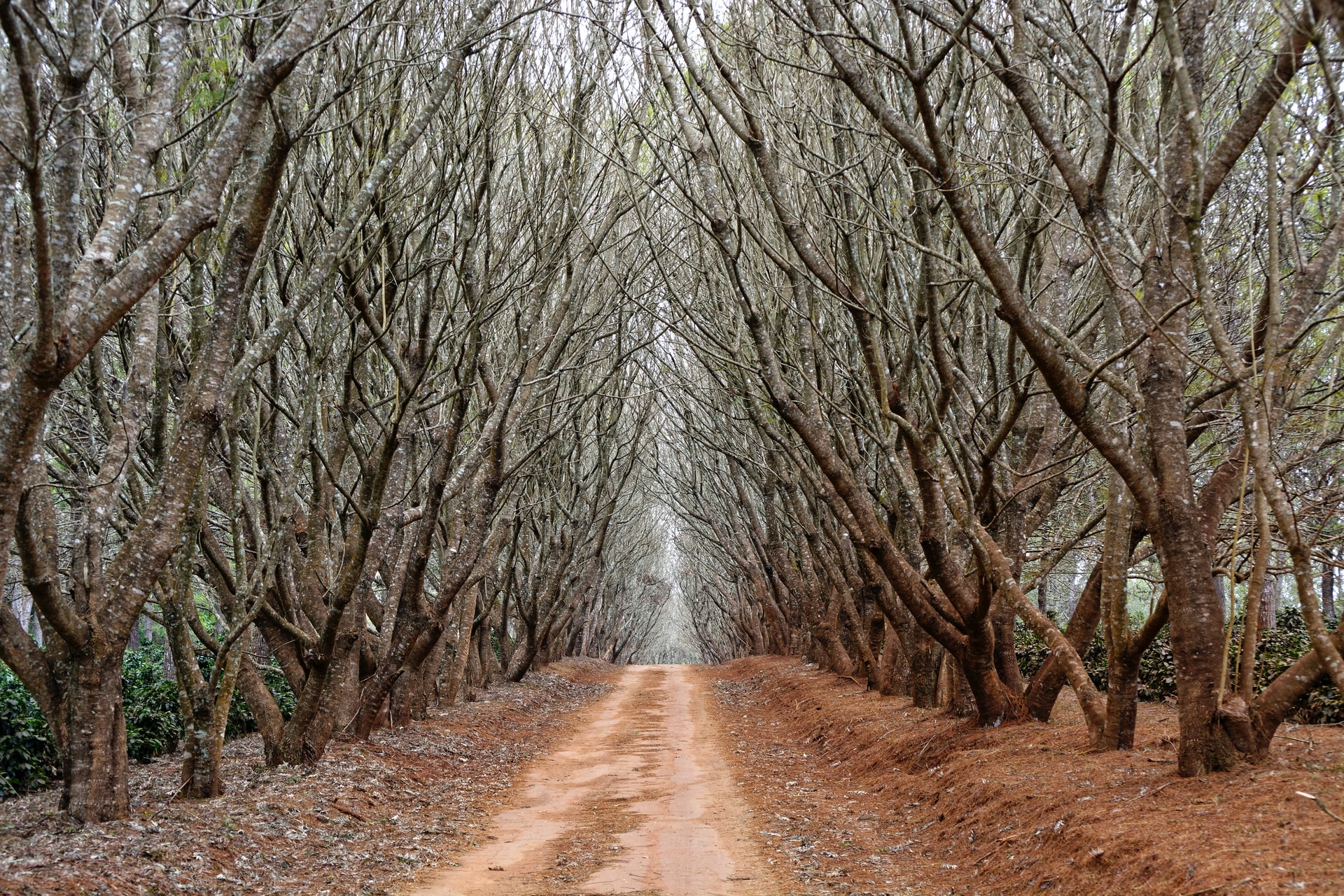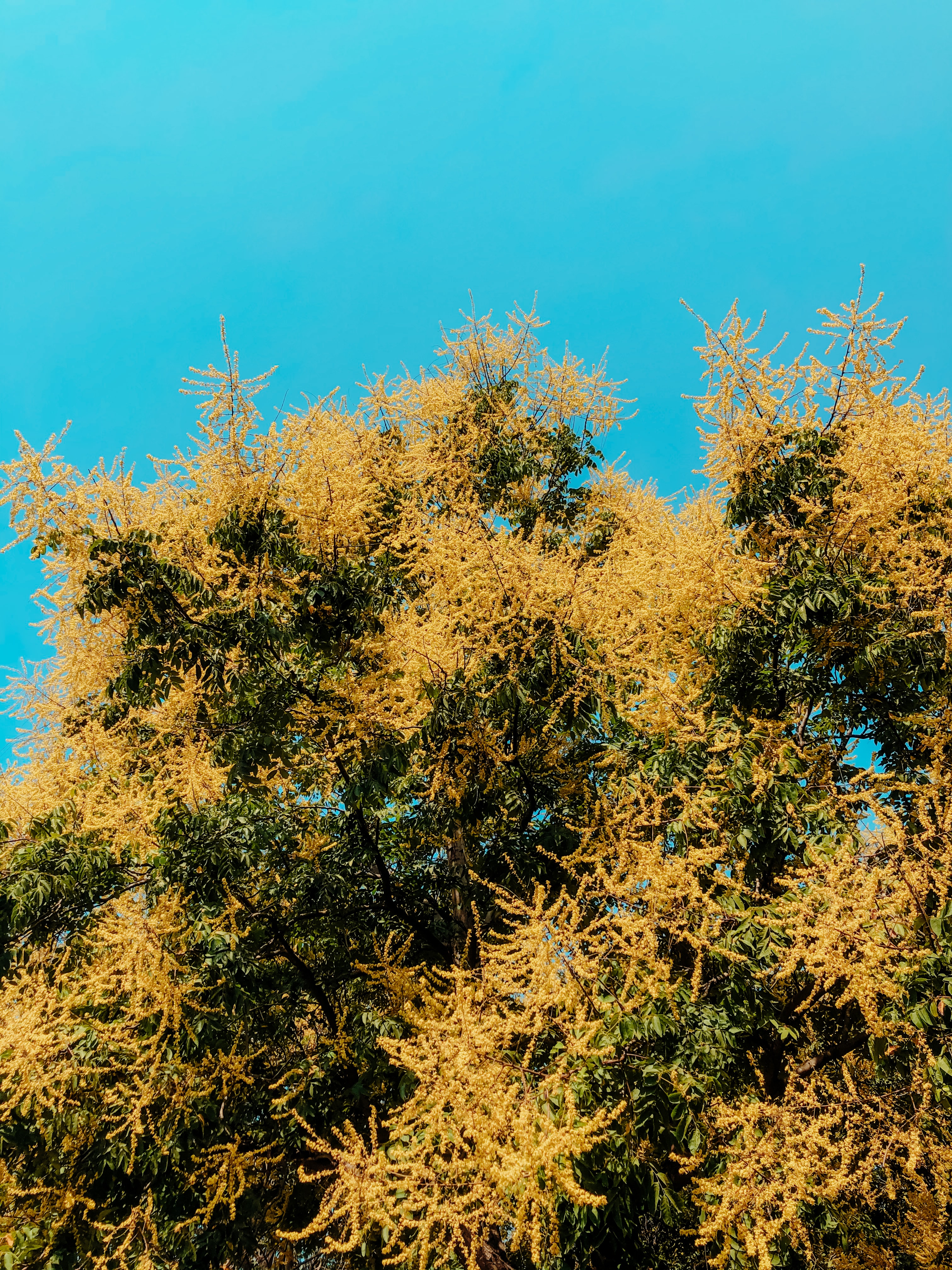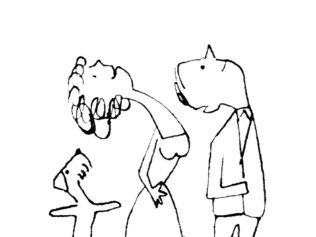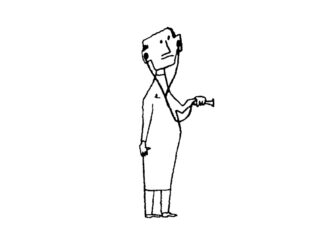
Somewhat surprisingly, trees that grow close together form sociable communities, where they ‘talk’ to each other, share information and look after themselves.
There’s a short story by Roald Dahl called The Sound Machine. It involves a man who invents a machine that allows him to tune into the frequency of surrounding plant life. When he first tries it, he can hear the shrieking of the roses, as his neighbor trims and cuts them. Then, he hears the soft, low moan of a tree being cut with an axe. Traumatized, he destroys his machine and goes to help the wounded tree.
This might not be as far-fetched as we think. Trees have a vibrant and complicated life. And while it’s a stretch to say that they can “scream,” it’s not too far off — they really do emit high-frequency distress sounds.
A tree in need is a tree indeed
In his wonderful book, The Hidden Life of Trees, Peter Wohlleben explains just how amazing trees (and relatable!) these organisms are. For instance, trees are highly sociable. They have short, hair-like tips at their roots that combine with tiny fungi, allowing them to communicate with other trees — not unlike a phone line. These root tips act like a kind of “awareness” for trees, and they use them to detect if a neighboring tree is of the same species or if it’s a sapling. Trees are constantly checking what’s going on around them.
It gets better. Trees support and nurture one another. If a nearby tree (of the same species) is sick, or dying even, other trees will feed it sugar and nutrients. Similarly, a parental tree will nurture its sapling for centuries before finally giving way for its offspring to grow into the same light they’ve enjoyed for hundreds of years. There have even been cases of “relationships” among trees, where their roots become so enmeshed that they share all their nutrients. Poignantly, if one partner tree dies, or is cut away by human hands, the other’s death is not far behind.
What’s more surprising is that trees have been shown not only to have “memories” of a sort but can also pass these on to their young. Certain trees, for instance, will bloom only after “counting” a particular number of suitably warm days. If they had no sense of memory, they would have to start the count afresh every day. What’s more, if a tree has suffered from a particularly harsh drought, they will adapt their water consumption habits. These habits are then, somehow, passed onto saplings through the soil.
Arboreal urban malaise
Most of Wohlleben’s work is about forests, especially primeval, untouched ones. But, for most of us, our everyday interaction with trees comes from the ones dotted along a sidewalk or those that line a park. What do urban conditions do to trees?
First, the trees we see in our cities and towns are often distantly spaced and consist of a variety of species. This leads to attractive and colorful scenes, but it means that all the benefits of sociability are removed. Trees are denied a support network. They have no parents to nurture them, teach them, and bring them to a slow and gradual maturity.
Second, streetlights interfere with trees’ natural cycles. It might sound odd, but trees actually have a form of “sleep” during the nighttime in which their branches sag slightly and water density in the trunk and roots increases. Artificial light confuses this.
Let’s rethink our relationship with trees
From a tree’s perspective, the biggest problem is that humans can’t help but see them in terms of what they do for us. They’re lumber to chop, shade to rest under, structures to climb, or vistas to enjoy. None of these are bad things. But, just like a human, a tree in isolation can’t thrive. It can’t flourish as it ought to on its own terms.
We are all invariably bound to experience the world through human eyes and from within a human lifetime. We want a tree to grow quickly and to bloom on demand. But trees live on an entirely different timescale. In ancient forests, trees can live for centuries quite easily, and the oldest trees we know of go back millennia.
One is reminded of the Ents in J.R.R. Tolkein’s Lord of the Rings, who are sentient tree creatures. They talk, move, and think far slower than the Hobbits they meet and are surprised by how hasty and pushy they are. One says, “My name is growing all the time, and I’ve lived a very long long time; so my name is like a story.” The problem is that we see the story of a tree only in terms of a human life.
Trees are remarkable things, and they live, grow, and behave in quite incredible ways. And, as is always the case, the more we learn about a thing, the more we can come to respect it.

This article was originally published at Big Think.









